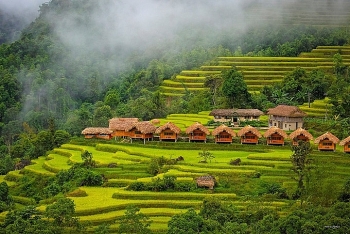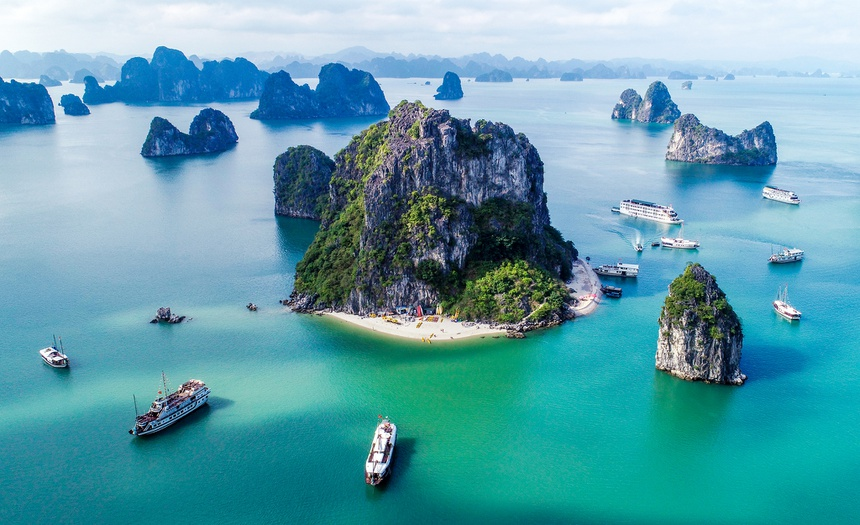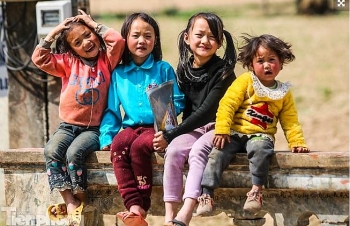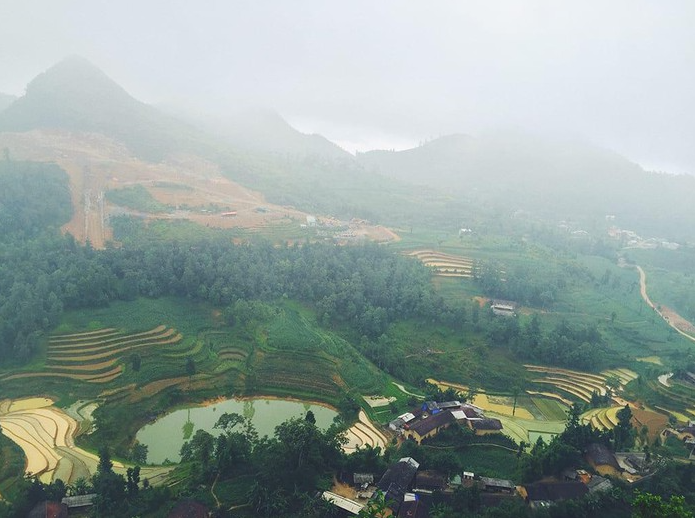 |
| Ha Giang in the mist. (Photo: Bao Moi) |
A unique Ha Giang in the watering season
The Meo people in Ha Giang only grow a single crop of rice each year, whose harvesting season comes in September. When May gradually turns into June, spring gives its way to summer through heavy rains, waterfalls from the higher terrace fields to the lower ones, creating a "water tower" that reaches out to some faraway mountains. That season is called "mùa nước đổ" (the watering season) - the time when Meo people start growing a new rice crop. The watering season lasts till the end of July. In this season, besides rice, Meo people also grow corn all over the rock plateaus.
Amid the heat of summer, Ha Giang's watering offers pleasantly cool weather. The sudden rain in the majestic mountainous region turns this place into an ideal shelter to avoid big cities' hustle and bustle. One must be so fortunate to be immersed in the beauty of Ha Giang's watering season, which is not crowded with tourists during the festival season, though still offers visitors chances to admire the vast clear blue sky and splendid mountain scenes.
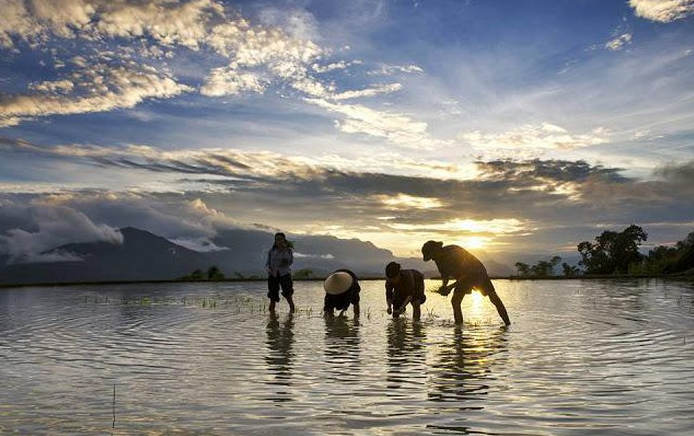 |
| Meo people growing new crop. (Photo: Bao Moi) |
Guidelines to explore Ha Giang
There are different ways to get to Ha Giang in the watering season. If you have an adventurous soul, then get on your motorbike to take a ride from Hanoi to the province of Ha Giang. If you love admiring mountain scene through the bus window, then choose some coaches to arrive in Ha Giang city, from which you can catch a bus to Dong Van town.
Lan Phuong - the writer who shares this story, spent 3 days and two nights visiting Ha Giang. She got to the city by coach then rented motorbikes to explore its rock plateaus.
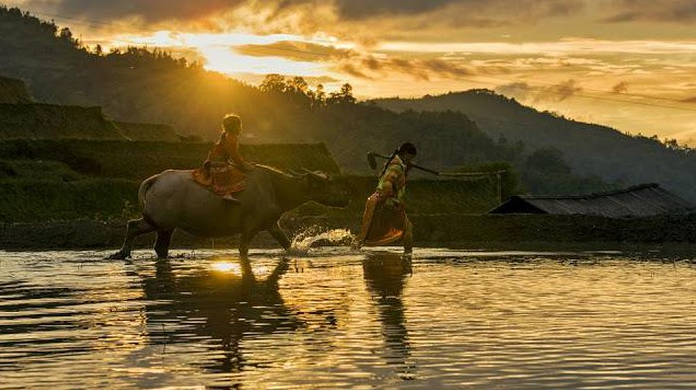 |
| Golden sun in the terrace fields of Ha Giang. (Photo: Bao Moi) |
Meo people in the joy of new crop
For ethnic minorities living in the top land of the country, there is no bigger joy than the joy of a successful harvest. Therefore, Meo people put great meticulousness in studying the perfect time to grow the new crop, as well as how to operate irrigation.
In the watering season, Meo people eagerly build dams to carry water for the new crop. Not only utilize rainfalls, they also connect pipes from the mountain to lead water into the field to soak the soil before sowing. The Meo people say that they have to go to the fields in the rain, even at night, because only by that method can they ensure the perfect water amount in the fields.
Sunday is the only time in the week that Meo people in Dong Van go to the market. The fair is not only the place where men and women date, but also the place where they buy new clothes and sell home-made stuff. When visiting the market fair, you will be surrounded by the unique culture of the upland people with the vibrant colors of brocade clothes, the sound of the Meo people chatting from shops that sell mostly everything, from fruit to cattle.
If you have just started your vacation and want to explore a land of majestic nature and vibrant culture, our advice is to grab your backpack and head to the watering season of Ha Giang!
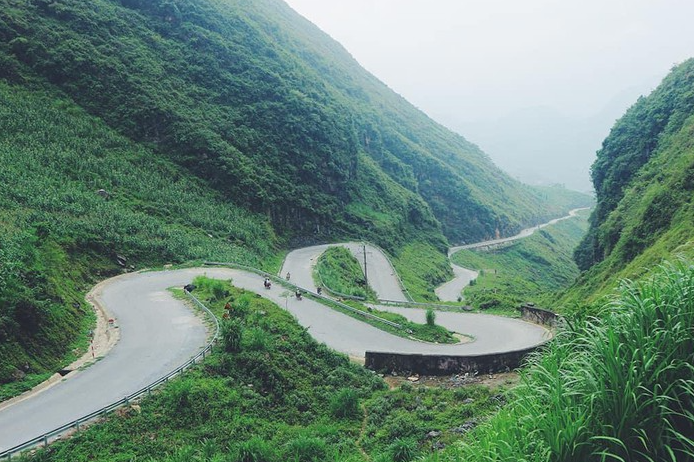 |
| The road to conquer Dong Van (Photo: Bao Moi) |
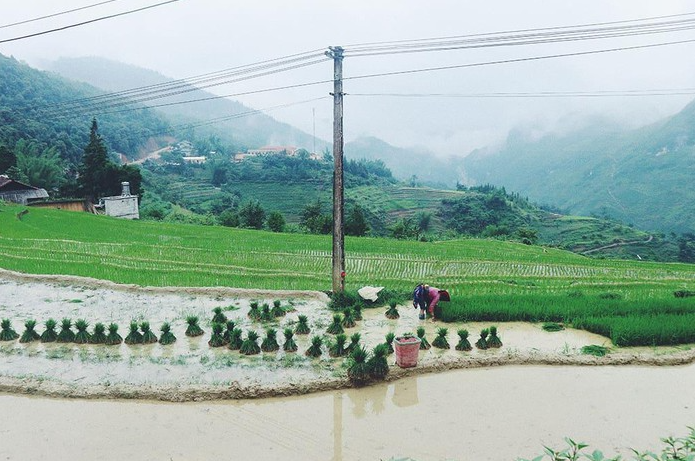 |
| Watering season in Ha Giang (Photo: Bao Moi) |
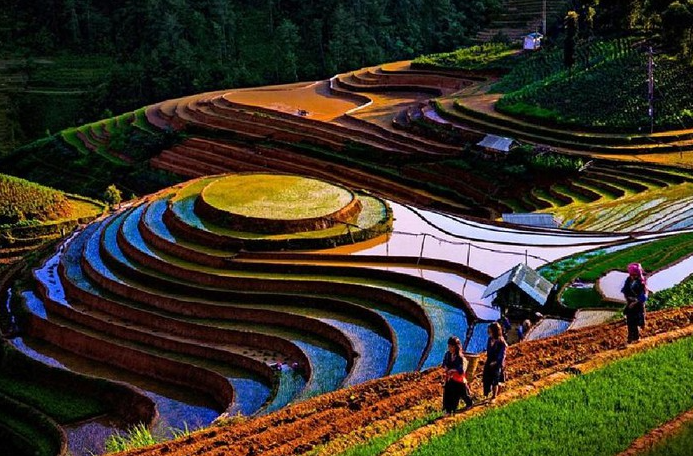 |
| Terrace fields glittering in the watering season. (Photo: Bao Moi) |
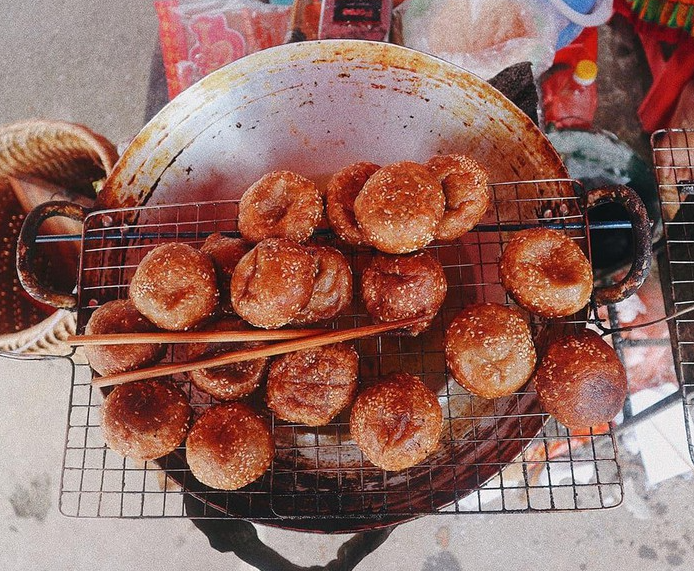 |
| Traditional snacks in the fair of Dong Van (Photo: Bao Moi) |
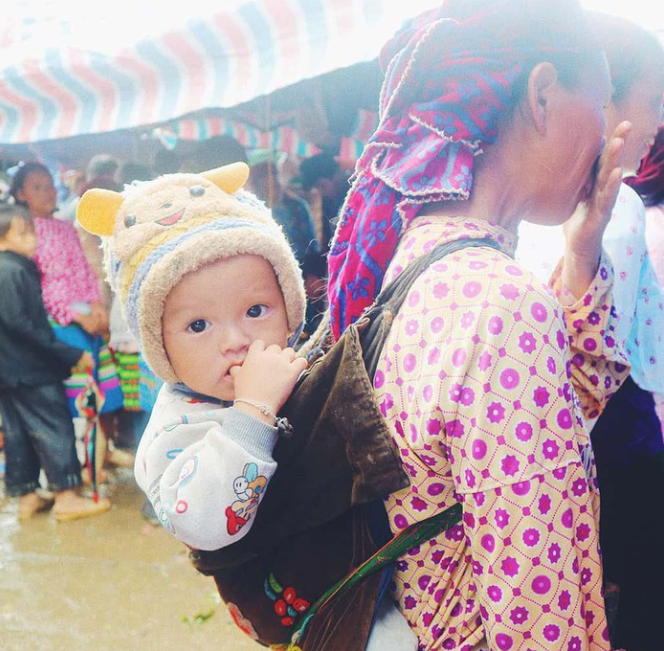 |
| Meo people going to Dong Van fair. (Photo: Bao Moi) |
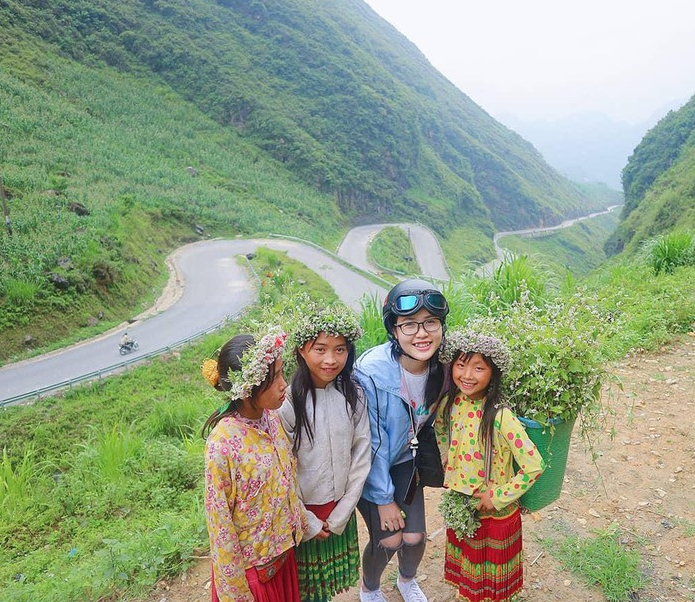 |
| Ha Giang's teen girls wearing buckwheat flower head bands. (Photo: Bao Moi) |
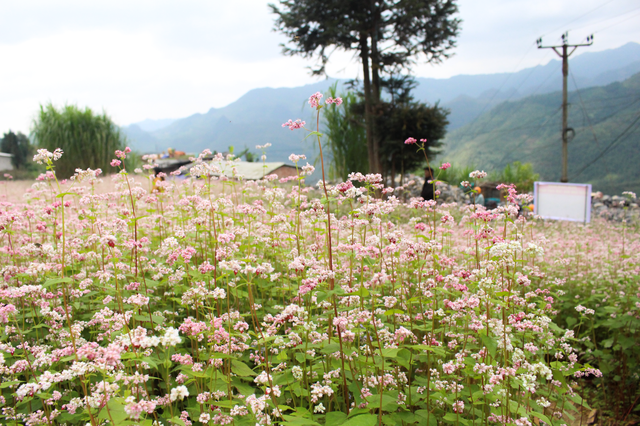 | Blooming buckwheat flowers bring lively color to Ha Giang Ha Giang, located in the far north of Vietnam spellbinds tourists by the magnificent rocky plateaus, winding passes, picturesque terraced fields and especially enchanting buckwheat ... |
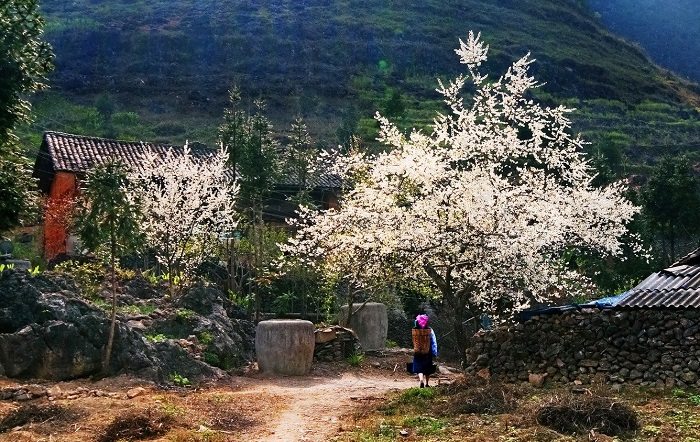 | Picturesque mountainous towns in Northwestern Vietnam Besides imposing mountains, towns in Northwestern Vietnam such as Meo Vac, Dong Van, Bac Ha, Sapa, and Moc Chau also embellish beauty of the region. |
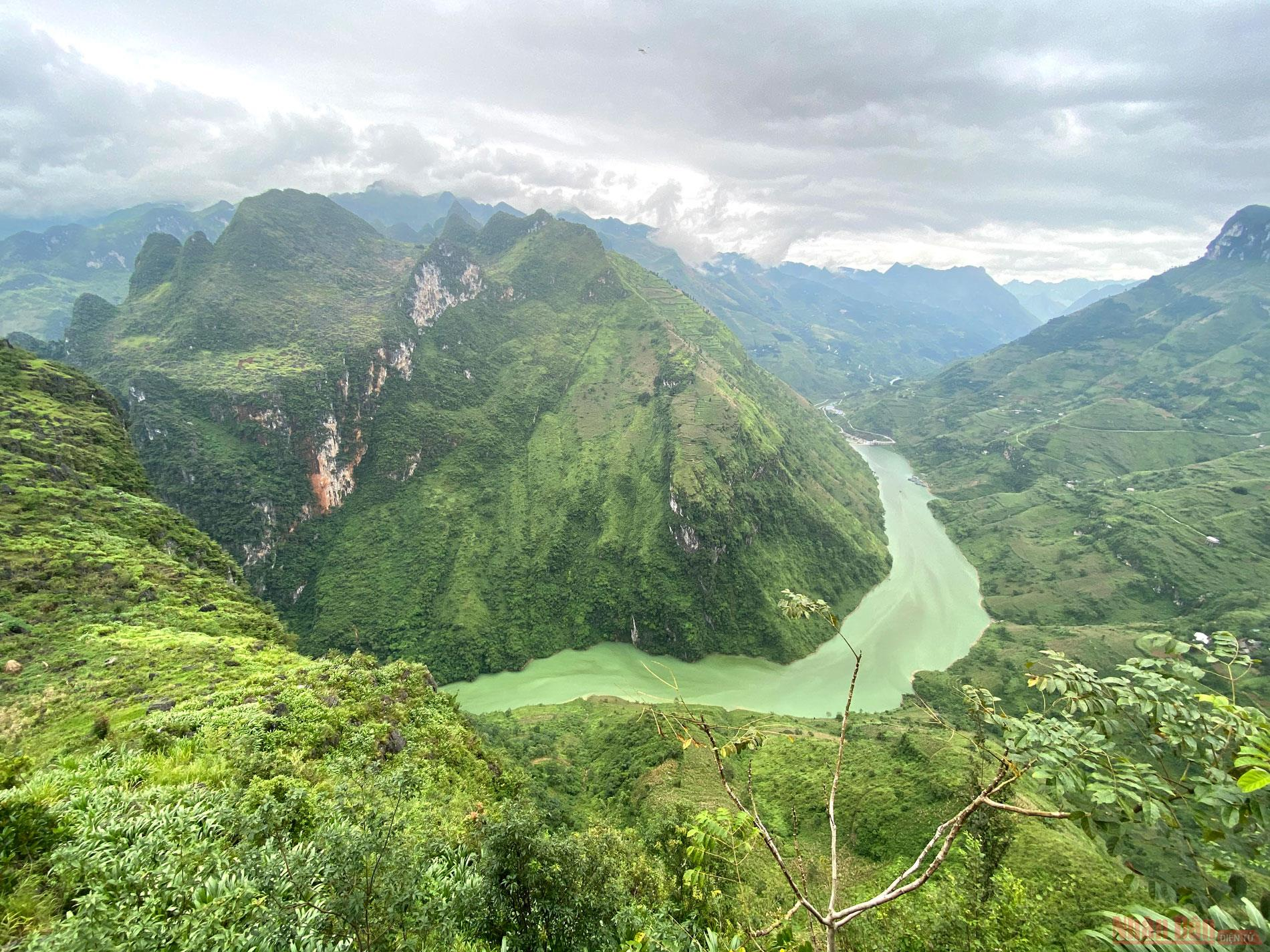 | Spectacular angles of Nho Que River in Northern Vietnam Nho Que River originates from Yunnan (China), flows into Vietnam at the northernmost point of Lung Cu commune, Dong Van district, Ha Giang province. The ... |












 Travel
Travel
 Travel
Travel
 Travel
Travel
 Multimedia
Multimedia
 Travel
Travel
 Travel
Travel
 Travel
Travel
 Travel
Travel

